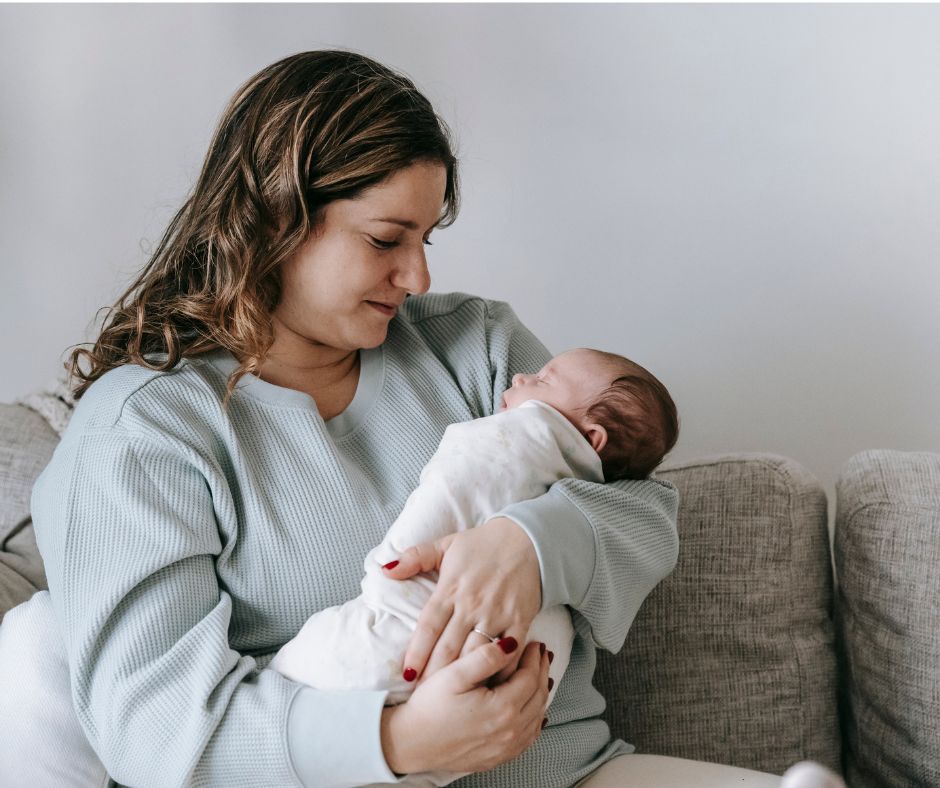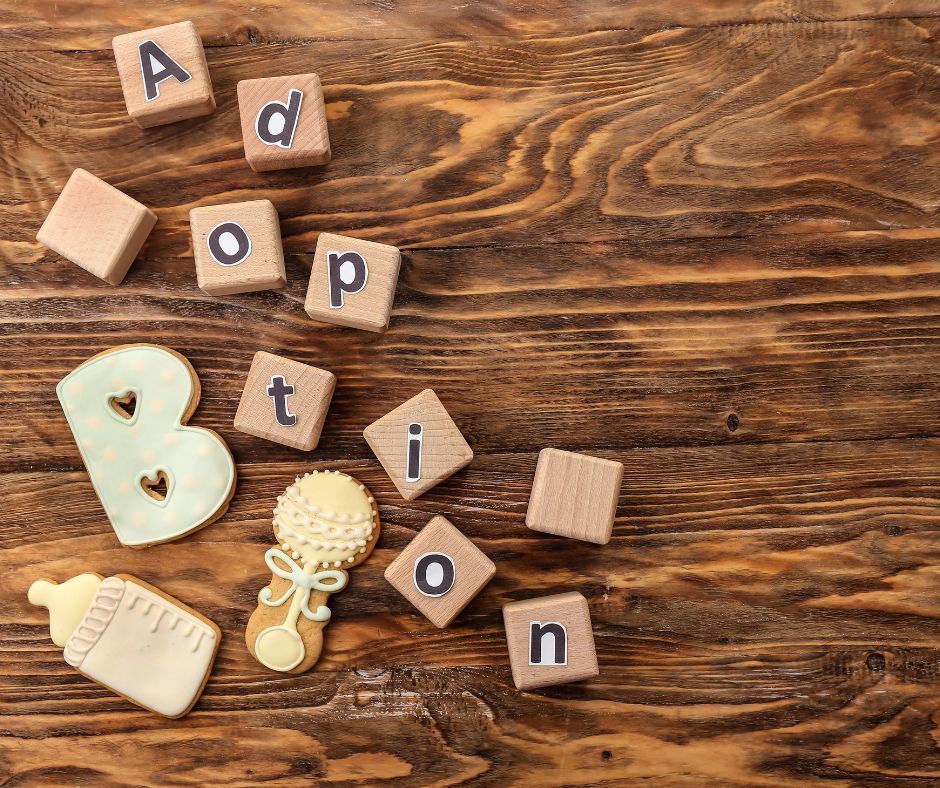We understand that some women may just want the basic information about each option when faced with an unplanned pregnancy. Below is some information that you may want to include in deciding your options.
· Adoption has changed
Modern adoption has changed a lot and is not always accurately portrayed in the media. Adopting families are thoroughly screened before you choose the right match for your child. You are provided more support before, during and after placing.
· Seeking information
Educating yourself or receiving counseling from an adoption counselor does not commit someone to choosing adoption. You have the right to change your mind before the finalization of an adoption.
· An adoption plan
Adoption plans can be made at any time during the pregnancy or even after the baby is born. Do not feel like you must be rushed into making any decisions. Even if you think you are ready to parent but change your mind after you have given birth you can still decide to place.
· Adoptions and foster care
Foster care is not the same thing as private adoption. The State is not involved in private adoptions. The baby goes home with the adoptive parents from the hospital without having to go into foster care. You get to make all the decisions with what family your child is placed. You also have input on visits with your child in the future if you desire. Some women seek out adoption agencies knowing they will not be able to support their child and to keep them from entering the foster system.
· Expectant parents can choose
You can be as involved as you want with the adoption process. As the birth parent you can choose the parents for your baby, meet them before birth, and get to know them personally.
· Different types of openness
In adoption, you can choose closed, semi-open, or open depending on your preference and comfortability. It is important to discuss your feelings with your counselor and they can help guide you.
· Confidential and private
Just because an adoption is “open” does not mean that your decision is not confidential and private- it is. You have the right to decide who, among your family and friends, will know about your plan.
· Final adoption decision
No decision can be made until after the baby is born. A woman considering placing her child for adoption needs to have room to weigh her decision and even rethink it, if necessary. Also, different states have different laws determining when consent for adoption can be made.
· Adoption is not easy
Adoption is full of so many different emotions, but most birth mothers often say their decision was the most powerful and rewarding experience of their life. They knew they were not ready to parent at that time in their life.
· Adoption is free
When going through an agency there is no cost to expectant mothers or fathers. This includes legal representation, counseling and any adoption services. An adoption attorney can assist in legally formalizing agreements and providing essential legal guidance. Sometimes living expenses can be given to the expecting parents.
· The birth father
In most states, he will probably need to be notified about the adoption plan and his cooperation is encouraged and welcomed. However, there may be situations when his involvement is not possible. It is best for a woman considering adoption to consult an adoption counselor about her own individual set of circumstances.

Understanding the Adoption Process
Navigating the adoption process can feel overwhelming, but understanding the steps involved can make it more manageable for both prospective adoptive families and birth mothers. The journey typically begins with an initial consultation with an adoption professional, who will provide guidance and answer any questions you may have. Following this, a home study is conducted to assess the adoptive family’s suitability to adopt. This thorough evaluation ensures that the adoptive family is prepared to provide a loving and stable home.
Once the home study is complete, the adoptive family can start the search for a birth mother or child to adopt. This phase can vary in length, taking anywhere from several months to several years, depending on the type of adoption and the specific circumstances of both the birth mother and the adoptive family. Throughout this process, adoption professionals are there to offer support and ensure that all parties are comfortable and informed.

Adoption Statistics and Trends
Understanding adoption statistics and trends can provide valuable insights into the experiences of adoptive families and birth mothers. Each year, over 100,000 children are adopted in the United States, with a significant number being adopted from the foster care system. The average age of a child adopted from foster care is around 8 years old, highlighting the need for adoptive families willing to welcome older children into their homes.
Interestingly, over 50% of children adopted from foster care are adopted by families who have previously adopted, showcasing the commitment and dedication of these families. Open adoption is also becoming increasingly common, with over 95% of domestic infant adoptions now being open adoptions. This trend reflects a growing recognition of the benefits of maintaining connections between birth families and adoptive families.
The Foster Care System

The foster care system is designed to provide temporary care and support for children who cannot live with their biological parents due to neglect, abuse, or other challenging circumstances. The primary goal of the foster care system is to offer a safe and stable environment for these children until they can either be reunited with their biological parents or adopted by a permanent family.
However, the foster care system can be complex and challenging, with many children experiencing multiple placements and delays in finding a permanent home. Adoptive families play a crucial role in providing stability and love to children in foster care, offering them the chance to thrive in a nurturing environment. By adopting from foster care, families can make a significant difference in the lives of these children.
Finding the Right Adoptive Families
Finding the right adoptive family for a child is a collaborative effort between birth mothers and adoption professionals. Adoptive families come from diverse backgrounds and bring different experiences, values, and lifestyles to the table. This diversity allows for a wide range of options when matching a child with a family that best meets their needs.
Birth mothers and adoption professionals work closely to identify the best match, considering factors such as the child’s needs, the adoptive family’s lifestyle, and the desired level of openness in the adoption. Open adoption can provide an opportunity for birth mothers to maintain a relationship with their child and the adoptive family, fostering a sense of connection and continuity that can be beneficial for everyone involved.
Open Adoption and Communication
Open adoption and communication are vital components of the adoption process, allowing birth mothers and adoptive families to maintain a relationship and share information about the child. Open adoption can take many forms, from semi-open adoption, where communication is facilitated through an adoption professional, to fully open adoption, where birth mothers and adoptive families have direct contact.
Open adoption offers numerous benefits, including the opportunity for the child to maintain a connection to their birth family and cultural heritage. It also allows birth mothers to stay informed about their child’s well-being and development. Adoption professionals play a critical role in facilitating open adoption and communication, ensuring that all parties feel comfortable and supported throughout the process.






